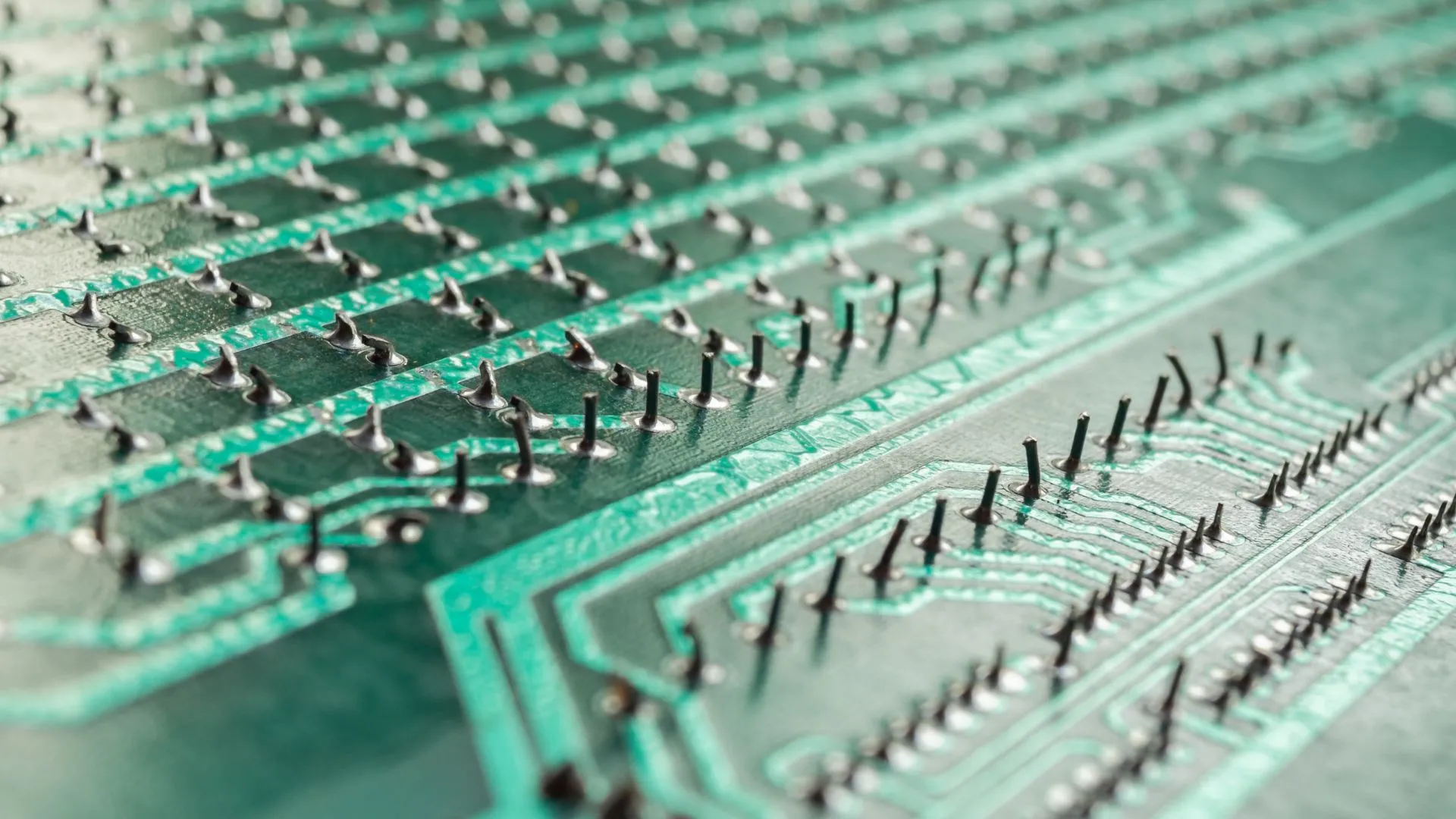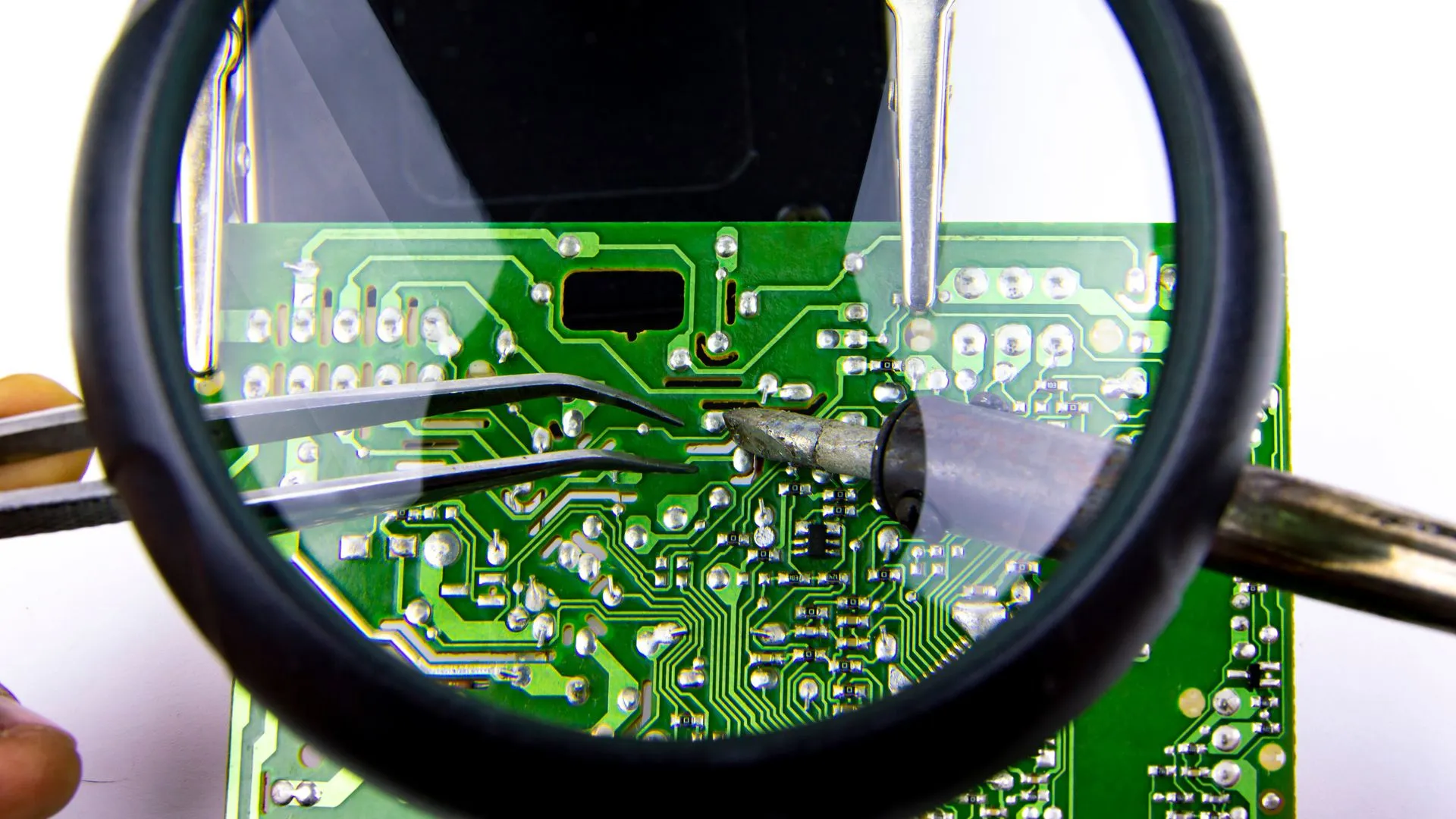はんだ付け性の問題
SMTおよびPTHプロセスでは半田不足、はんだしぶき、はんだショート、または堅牢ではないはんだ接合部が発生しやすい領域を特定して排除します

Indcは、SMTおよびPTHプロセスにおけるはんだ付け性の問題に積極的に対処しています。当社のDFMレビューでは、潜在的な問題を早期に特定します。これには、パッドのサイズと形状、部品の配置、熱プロファイルなどの要因の分析が含まれます。プロセス全体を通して、高品質の材料、高度な機器、厳格な検査を使用しています。継続的に改善することにより、欠陥を最小限に抑え、製品の品質を高め、生産効率を確保します。信頼性の高いはんだ付けソリューションと安心をお求めなら、インディックをお選びください。

インディックでは、表面実装技術(SMT)およびメッキスルーホール(PTH)プロセスにおける潜在的なはんだ付け性の問題の特定と排除に長けています。当社の積極的なアプローチは、パッドのサイズや形状、部品の配置、熱プロファイルなどの要因を分析して、予見可能な問題を早期に軽減するために、徹底的な製造可能性設計 (DFM) レビューから始まります。はんだ付けプロセス全体を通じて、高品質の材料、最先端の機器、厳格な検査プロセスを活用して、あらゆる段階で品質を優先しています。継続的な改善努力により、欠陥を最小限に抑え、製品の品質を高め、生産効率を確保し、お客様に安心をお届けします。

- SMTはんだ付け
- ウェーブはんだ付け
- 自動はんだ付け
- 選択的はんだ付け
- 手動はんだ付け
- X線検査
- 100倍スコープ検査から欠陥検証まで
Soldering defects are imperfections in solder joints that can lead to failures in electrical circuits. They include cold solder joints, solder bridges, insufficient or excessive solder, tombstoning, and voids.
Avoid common PCB soldering problems by ensuring proper PCB and component storage to prevent oxidation, using suitable flux and solder, maintaining optimal soldering temperatures, and employing adequate preheating and cleaning processes.
Solderability refers to the ability of a material, typically a metal, to be soldered effectively, allowing for proper wetting and adhesion of the solder to the material's surface.
Common soldering problems include cold joints, overheated components, solder bridges (shorts), insufficient wetting, and excessive flux residue. These issues can compromise electrical connections and the reliability of the PCB.
A PCB solderability test evaluates a board's ability to be soldered to, ensuring that the solder properly wets and adheres to the component leads and pads. This test is crucial for assessing the quality of PCB materials and surface finishes.
Major soldering defects include cold joints, dry joints, solder bridges, tombstoning, solder balls, and voids, each affecting the functionality and reliability of the PCB.
Cold/Dry Joints: Reheat the joint with proper solder and flux. Solder Bridges: Remove excess solder with desoldering braid. Solder Balls: Clean the area and reapply solder with correct temperature. Tombstoning: Adjust component placement and reflow solder. Voids: Apply additional flux and reheat to allow solder to fill gaps.
To avoid bad solder joints, ensure clean and well-prepared surfaces, use the correct solder and flux, apply appropriate heat, and adhere to optimal soldering times. Proper technique and equipment maintenance are also crucial.
The issue with solder wetting occurs when the solder fails to spread on the metal surface being soldered, leading to weak or unreliable joints. Poor wetting can result from oxidation, contamination, or inadequate flux.







